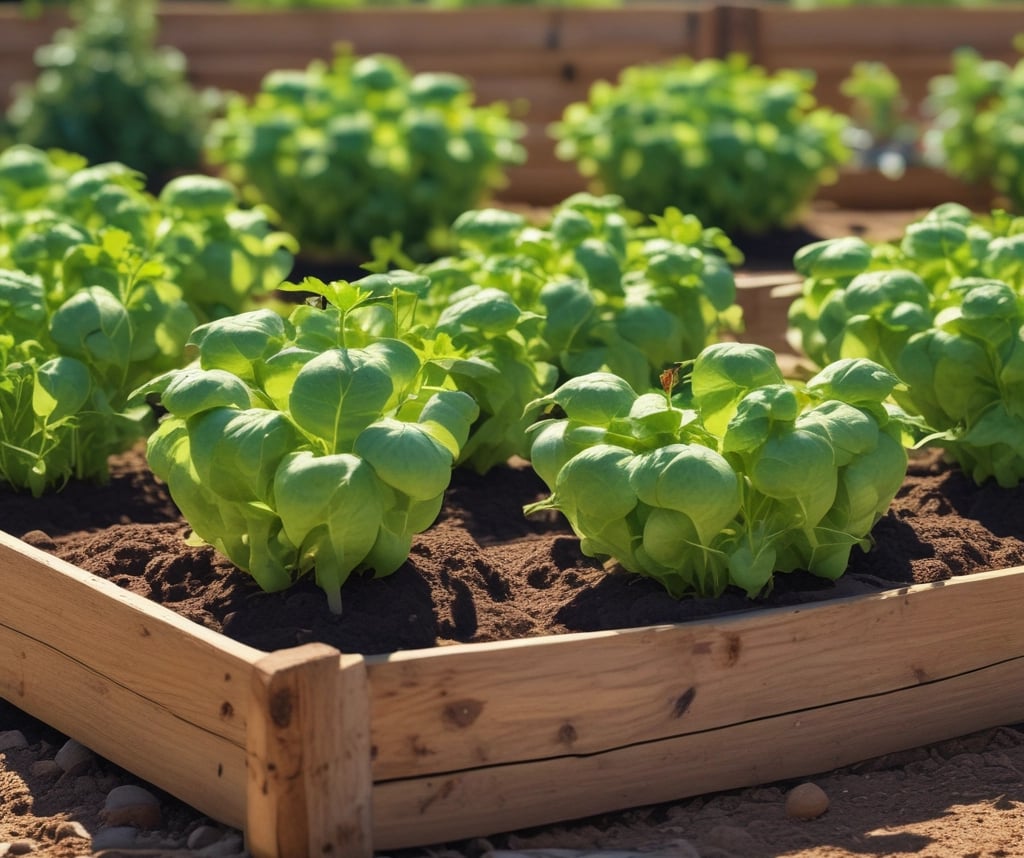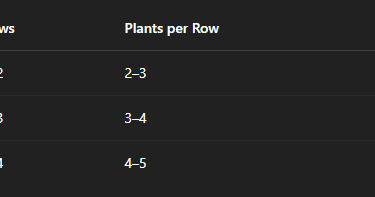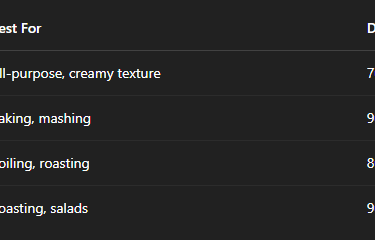🥔 How to Plant Potatoes Like a Pro: A Complete Guide for Raised Beds and Backyard Gardens
Learn exactly how to plant potatoes in raised beds or your backyard garden. From spacing and soil prep to companion planting and common mistakes—this ultimate potato planting article has it all!
GARDENING


🔖 Table of Contents
Why Grow Potatoes?
Best Time to Plant Potatoes
Choosing the Right Potato Variety
Raised Beds vs. Ground Planting
Soil Preparation for Potatoes
How to Cut and Cure Seed Potatoes
Spacing Guidelines (with Chart)
How Deep to Plant Potatoes
Hilling and Watering Tips
Companion Plants for Potatoes
Common Potato Growing Mistakes
When and How to Harvest Potatoes
Storing Your Potatoes
Free Potato Spacing Printable
Final Thoughts
🥔 1. Why Grow Potatoes?
Potatoes are one of the easiest and most rewarding crops to grow. Whether you’re working with a sprawling homestead or a small backyard raised bed, this starchy staple is perfect for gardeners of all levels. They store well, feed your family, and offer that satisfying “treasure hunt” come harvest time.
🌱 2. Best Time to Plant Potatoes
Potatoes love cool weather, so the best time to plant is 2–4 weeks before your last expected frost date. For most zones in the U.S., this means planting from late March to early May.
💡 Pro Tip: If the soil feels too cold, wait until it hits at least 45°F (7°C) before planting.
🥔 3. Choosing the Right Potato Variety
Not all potatoes are created equal. Here’s a quick cheat sheet:
Choose early, mid, or late-season potatoes depending on how soon you want to harvest (or plant multiple for staggered harvests).
🌿 4. Raised Beds vs. Ground Planting
Raised beds are ideal for controlling soil quality, reducing weeds, and improving drainage. Traditional ground planting is great if you’re working with lots of space and decent soil.
Raised Bed Benefits:
Warmer soil = faster growth
Easier to harvest
Neater layout and spacing
🛠️ 5. Soil Preparation for Potatoes
Potatoes thrive in loose, well-drained soil with a pH of 5.5 to 6.5. Avoid heavy clay or overly compacted soil.
Amend with:
Compost
Aged manure
A balanced organic fertilizer (avoid too much nitrogen)
🚫 Skip fresh manure—it can encourage scab on potatoes.
🔪 6. How to Cut and Cure Seed Potatoes
Seed potatoes can be whole or cut into chunks—each with at least one “eye.”
Steps:
Cut potatoes 1–2 days before planting.
Let them cure in a cool, dry place. This forms a callus over the cuts to prevent rotting.
💡 You can skip cutting if your seed potatoes are already small.
📏 7. Spacing Guidelines (With Chart!)
Proper spacing = healthy plants and big tubers.
📥 Get your free printable cheat sheet here
⛏️ 8. How Deep to Plant Potatoes
Plant seed potatoes:
4–6 inches deep
Eyes facing upward
Cover lightly with soil
As the plants grow, hill soil around the base every 1–2 weeks to keep tubers covered and prevent greening.
💦 9. Watering and Hilling Tips
Water consistently—1 to 2 inches per week
Avoid overwatering or soggy soil (hello, rot!)
Hill soil or mulch as plants grow to block sunlight from tubers
🌿 You can also use straw or leaf mulch to “hill” naturally.
🌼 10. Companion Plants for Potatoes
Good neighbors:
Beans
Cabbage
Corn
Horseradish
Bad neighbors (avoid planting nearby):
Tomatoes
Peppers
Cucumbers
📌 Companion planting improves pest resistance and boosts yield!
❌ 11. Common Potato Growing Mistakes
Planting too early in cold, wet soil
Not hilling as plants grow
Overcrowding (use that spacing guide!)
Using store-bought potatoes with sprout inhibitors
Neglecting pest control (Colorado potato beetle, anyone?)
🧺 12. When and How to Harvest Potatoes
New potatoes: 2–3 weeks after flowering
Mature potatoes: When vines die back (usually 90–120 days after planting)
Use a garden fork and be gentle—don’t stab your precious spuds!
🥶 13. Storing Your Potatoes
After harvest:
Cure for 1–2 weeks in a cool, dark place with good ventilation
Store in a bin, paper bag, or box—not plastic
Keep between 38–45°F in a dark spot
Avoid storing near onions—they release gases that spoil potatoes faster.
📥 14. Free Potato Spacing Printable
Need a quick visual guide while planning your potato patch?
🎁 Grab our FREE Quick Potato Spacing Cheat Sheet
This printable includes:
Spacing rules
Raised bed layouts
Planting depth
Hilling tips
Common mistakes to avoid
👉 Download the cheat sheet here
🌿 15. Final Thoughts
Planting potatoes is one of the most fun, forgiving, and rewarding parts of homesteading. Whether you’re filling raised beds or rows in your backyard, the right planning and spacing can turn a few seed potatoes into pounds of food for your family.
Be sure to grab the free printable, check out our other planting guides, and tag us on social media if you use it—we’d love to see your garden grow!




Support@rusticrootshomestead.com
© 2024 Rustic Roots Homestead - All rights reserved.
